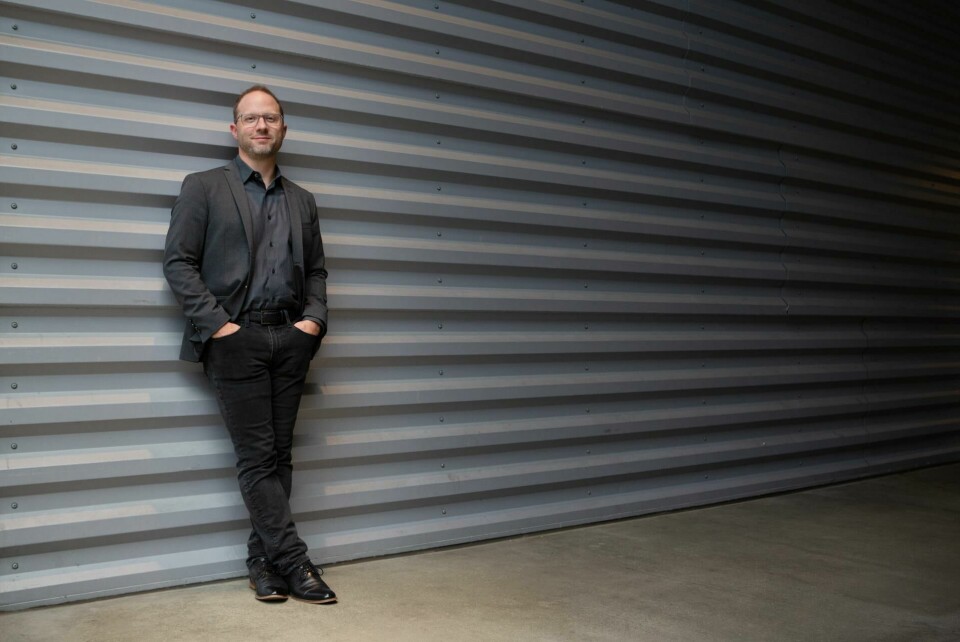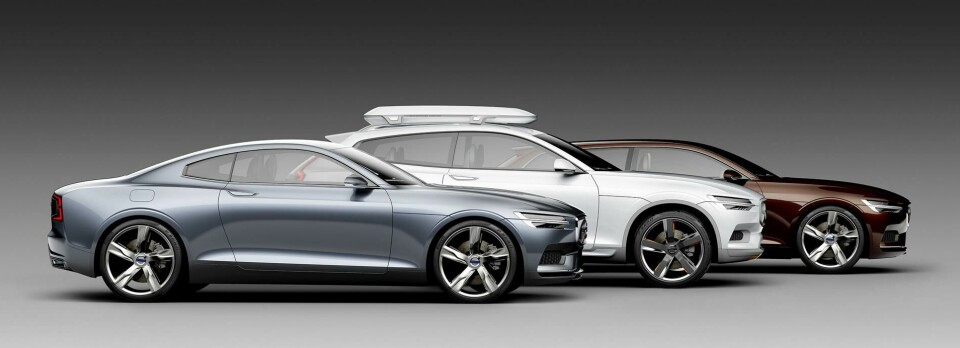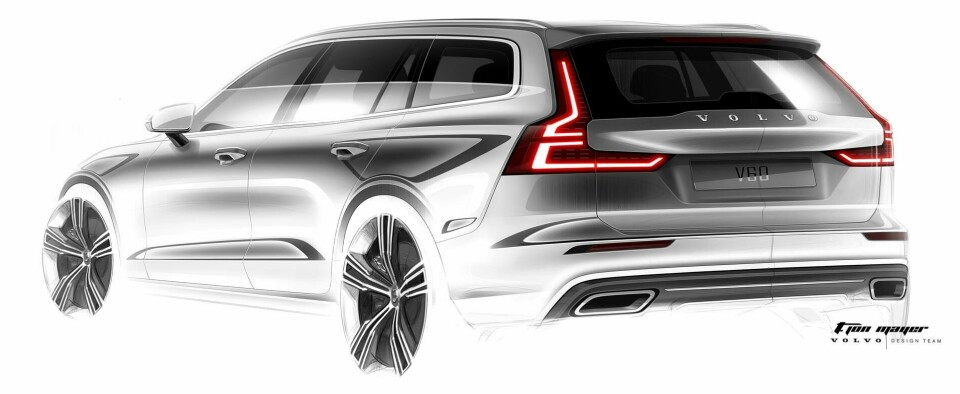
Designer interview: T Jon Mayer, Volvo
The car as we know it is changing: it’s becoming more of a device, which doesn’t sound as exciting as a traditional drivers’ car, but it’s exciting on a different front. It’s coming down to the entire experience of using the vehicle while maybe not even owning it. This changes the mindset of how you approach a product, in a new way.
My philosophy is still focused on creating a desirable product, whether it’s a sports car or a sedan or even a robo-taxi type of vehicle like our recent 360c concept – but now we’re creating desire in a world of autonomy that’s coming up, desire in a world of robots. I believe we still need to get an emotional connection between a consumer or user and the product that they’re using. I think it’s so important we keep that part of automotive design alive. Many of the solutions we see these days for this upcoming world of autonomy are just boxes on wheels that shift people from A to B – and that’s not a world that I’m particularly interested in.
From Volvo’s standpoint, we put people first. That human connection is we want to concentrate on: how a product can be seamlessly integrated into your life, and how transport fits into your life in a luxurious way. We’ve always had our very user-centric ‘designed around you’ focus, and the 360c represented a day in the life for four specific use-cases. That’s something we’re building on as a part of our design process, focusing on actual scenarios rather than the traditional price point and the traditional consumer. In the future, it could be anyone from a nine-year old to a 90-year-old using the same type of vehicle, so how do you design something to accommodate such a wide variety? That’s what makes it very exciting.
We deal with how the world of transportation is changing on a daily basis, and that’s now an integral part of our work – especially out here in Camarillo. The studio’s been here about 30 years; it was a smaller operation with people from R&D, Design and market intelligence, but from January 1st 2017, the set-up changed and Design fully took over the operation. It’s now called the Volvo Design & Concept Center; I was named head of design in Camarillo in October 2017, and am responsible for the team: 18 people report to me, and it’s continuing to grow. Volvo also has an office in Sunnyvale which is our tech hub in California, and we collaborate more and more with them on projects. The tech side of things in Silicon Valley invigorates quite a different perspective in conversation about what the end product is, and how we get there.
Gothenburg does strategic work, but with a more ‘near future’ or next-generation focus than us – in the Camarillo studio we contribute with near-term concepts and solutions too, but also provide a more distant future perspective. We don’t do final stages and production data; we do competitive themes at the beginning of projects and participate in upcoming programmes. In addition to that work we have our own independent projects going on. We develop production-related thinking and design skills as well: we have studio engineering here, they set up real platforms and packaging, so we have a mix of projects, some with a production focus and others around technology and design language.
We also have a mix of designers and disciplines: interior designers, exterior designers, digital modelling and studio engineering, and we have a UX and UI team – becoming more and more critical in vehicle design these days. We’re quite an international team; we onboard a lot of students from ArtCenter, and we have a wide variety of countries and cultures represented in our studio. We’re always looking for diversity in our teams, because it just brings a much more well-rounded view of the world and of human interaction and design trends.

I personally lived in Sweden for six years, immersing myself in the culture, and after living there you understand their society. When we were designing the three SPA (Scalable Product Architecture) concepts, Concept Coupé, XC Coupé and Concept Estate, the goal of those cars was to show off a fundamentally Scandinavian design language, trying to capture an understated confidence related to stance, proportions and simplicity.
You can see the full effect and influence of those three concepts across our line-up, but most notably in our new XC60, S60, V60, and V60 Cross Country; some designers from the concept team worked on those cars too. The overall theme from all of those concepts was very much related to the original P1800 and P1800ES, which had a wing over the rear shoulder: you can see this on all the 60-cars, they live together as a family. I’m probably most proud of their surface language, a type of tension and muscular feel different to that of the 90-cluster cars, more inspired by a lightweight athlete or runner with very toned and efficient-looking muscles.

I’m interested in – or very particular about – the highlights of the car, how those highlights and reflections between lines relate to the surface, and how you define them. There’s very little line-work on those cars, a lot of it is shown in the surface tension, and the surface of a metallic object is all about highlights and reflections; I like refining these as much as possible. In my youth, I loved art and maths, and I liked making things, not just drawing. We had a family friend who was head of design at Dansk in New York, and I went there and saw what designers were doing, designing plates and cutlery and other flatware; they had little wax models at that point – and I thought wow, this is what I want to do!
I went into industrial design at Carnegie Mellon University, which was very focused around usability, human factors, engineering and design thinking – not so much about the look and feel, but I always had a priority on what something looked like as well as how it functioned. Halfway through Carnegie Mellon I did an internship at BMW in Germany in the advanced studio. This was in the Chris Bangle era; I sat next to Erik Goplen (now global creative director automotive, BMW Group Designworks USA), and Anders Warming, who showed me the ropes – it was a really fortunate experience at that point in my education to be in a car design studio, and after that I applied to ArtCenter.
I have two bachelors’ degrees, one in transportation design and one in industrial design, and I think combining them makes me much more well-rounded. It’s not just styling and drawing cars, learning those skills and techniques from Art Center, but also the human factors and design thinking which, of course, is paying off quite heavily right now with use-case design, designing the car as a product for the next generation.
Now technology is actually catching up with our concepts, and in the next 10 years we’re going to get into an era when a lot more is possible. Our California studio works primarily digitally, we don’t do any clay work, and many of the cars I’ve referenced relied heavily on the digital approach: of course milling out full-sized properties and checking scale are musts, but digital tools allow you to dial in tenths of millimetres in design, which is fantastic. And once holographic technology takes off and a car can just live in 3D – I mean, not having to look on a screen or put on a headset – that will be an absolutely phenomenal way to work. However, I still think all the traditional methods of drawing and rendering are super-necessary, and always will be: when we hire, we look for people who really understand three-dimensional form.
.



















